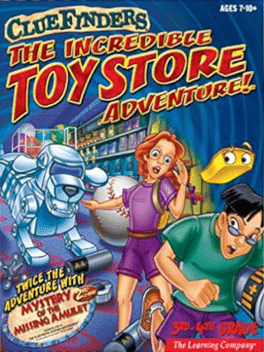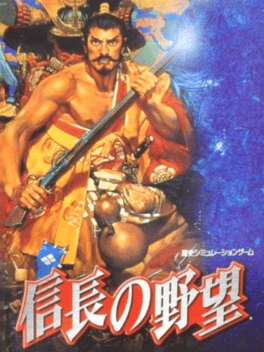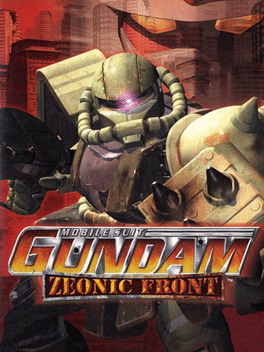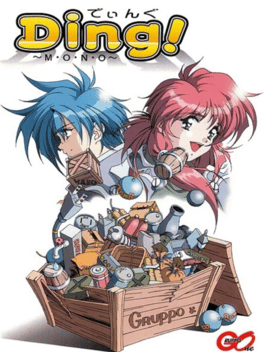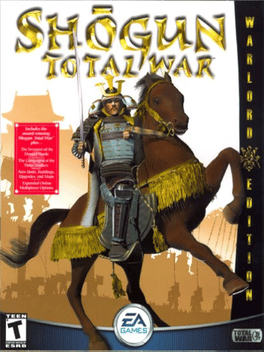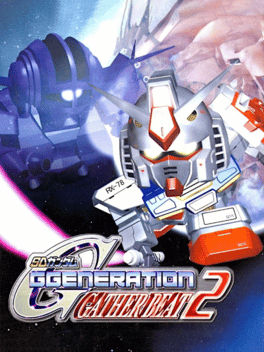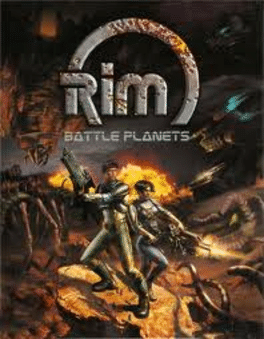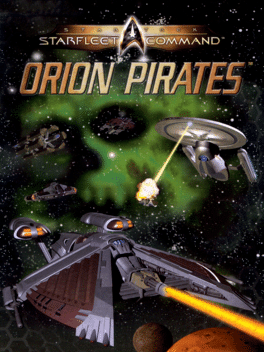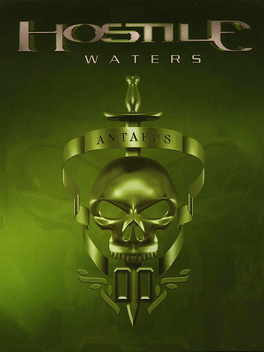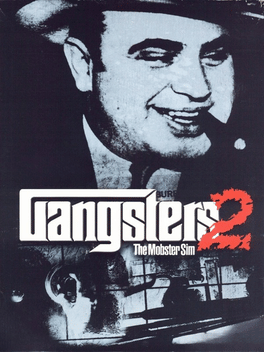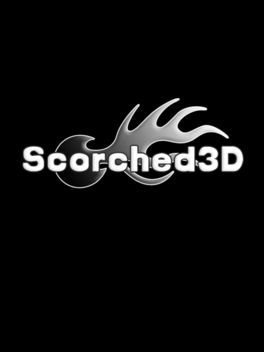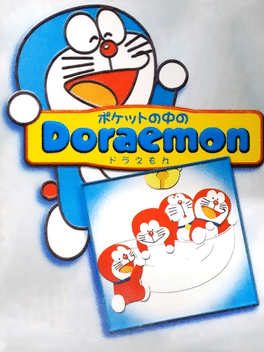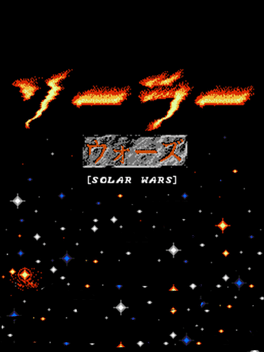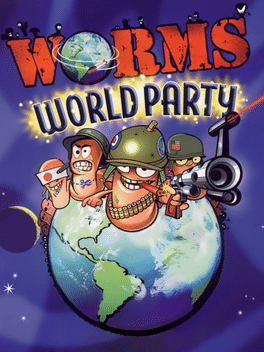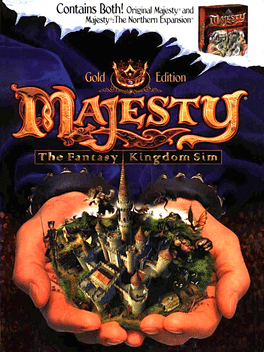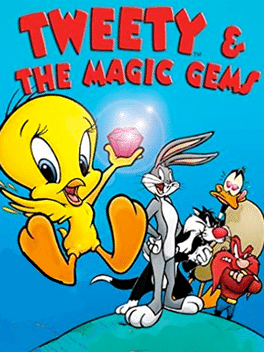New Commodore C64 128 Max Games - Page 171
-
Patrician 1+2
2001
Patrician 1+2
2001
In this bundle you can have two great trade games, predecessors to Patrician 3, in the price of just one! Set against the historical backdrop of maritime trade at the time of the Hanseatic League, the Patrician series sees the player take the role of a citizen of a medieval hanseatic town in Northern Europe, between London and Novgorod, with the aim being to rise from the status of an ordinary, unimportant trader to that of a major business tycoon and governor of your hometown. To achieve this goal, the player must gain the respect and recognition of other inhabitants and try to make a profit through maritime trade, the production of goods and the completion of missions. The player can raise his profile by both improving the city and through diplomacy, or by raising money for his treasury by means of piracy and smuggling - but watch out, others want easy money too, so you would do wise to arm your ships! -
Nobunaga no Yabou
2001
Nobunaga no Yabou
2001
Nobunaga no Yabou for the Game Boy Advance is a remake of Nobunaga no Yabou: Bushou Fuuunroku. -
Wendy: Every Witch Way
2001
She's been around for roughly 50 years, and Wendy the Good Little Witch finally has her own handheld video game. The laws of gravity have been upset, and Wendy is to blame! Help her trek through level after level of maddening obstacles and deadly enemies in order to set things right. There are hidden Moon Stones that Wendy must find in order to get things back to normal, but they're spread out over four vast levels of harrowing action. Packed with strange locations and tough mysteries to solves, WENDY: Every Witch Way features four bonus levels hat have you earning points by flying through the air on a broom, avoiding flying objects, and taking out would-be deterrents with a magic wand. Boasting detailed, cartoon-style graphics and some of the most original gameplay you've ever laid eyes on, WENDY: Every Witch Way is a truly magical experience for gamers of all ages. -
Kidou Senshi Gundam Vol. 2 Jaburo
2001
Kidou Senshi Gundam Vol. 2 Jaburo is a Strategy game, developed and published by Bandai, which was released in Japan in 2001. -
Mobile Suit Gundam: Zeonic Front
2001
Mobile Suit Gundam: Zeonic Front (known as Zeonic Front: Kidou Senshi Gundam 0079 [1] in Japan) is a game for the PlayStation 2, which revolves around a Zeon Special Commando Unit during the One Year War, called the Midnight Fenrir Corp. This MS team was created by Kycilia Zabi and participated in the capture of the California Base during the 2nd Earth Invasion Plan. Lt. Garret Schmitzer was a mobile suit veteran during the first stage of the One Year War, the One Week Battle back in January. At the end of the One Week Battle, Lt. Schmitzer was badly wounded, and forced into retirement. This was due to Operation British, the operation that would force a space colony, into the Earth's orbit for a collision course to South America, where the Federation's top forces were, Jaburo base. The injuries were extensive, but hope was on the horizon. Kycillia Zabi formed an elite mobile suit unit onto the front lines, the Fenrir Corps. Since Lt. Schmitzer was fluent in battle experience, he was the lead commander and mis -
Ding! MONO
2001
Ding! MONO
2001
A hexagon-based strategy game created by Gruppo One. It has an aesthetic inspired by tabletop wargames, which characters that look like figurines. -
Shogun: Total War - Warlord Edition
2001
The Warlord Edition contains the complete Shogun: Total War game, plus two expansion packs: Invasion of the Mongol Horde and Campaigns of the Three Unifiers. These expansion sets include new military units, terrain, buildings, and scenarios. -
SD Gundam G Generation: Gather Beat 2
2001
SD Gundam G Generation: Gather Beat 2 is a Strategy game, developed by Vanguard Works and published by Bandai, which was released in Japan in 2001. -
Rim: Battle Planets
2001
Rim: Battle Planets
2001
star 5A human space carrier reaches the "Outer Rim" to explore new worlds, obtain powerful technology and find tracks of an ancient alien race... RIM is a 3D turn-based strategy game in the tradition of Battle Isle. It offers a simple and intuitive interface, six different races (humans, aliens, robots) and all in all 70 units with different weapons, special abilities and individual damage systems. -
Star Trek: Starfleet Command - Orion Pirates
2001
Orion Pirates is a strategy game that involves thought and tactical maneuvers. Taking over command of one of the eight star empires from the original game you are able to choose between fighting against the Orion Pirates or joining forces with them to conquer the universe. During game play, players will control various ships and all of its systems while taking it into combat against enemy vessels. -
Hostile Waters: Antaeus Rising
2001
star 6.2In 2032 an Earth that knows only peace is forced to relearn the art of war. Twenty years have passed since the population of Earth did a fine job of destroying nearly everything in one final struggle for power by the politicians and military leaders. Twenty years have been spent building a near Utopia, a society where currency and finance are irrelevant, a planet without hunger or poverty. All weapons have been destroyed to ensure peace. But hidden away in an archipelago in the Pacific Ocean, a cabal of old-world magnates: ex-leaders, financiers, politicians, and despots, are planning a return to the greed fueled, hate filled past. And there in no way to fight them. Except this one last remaining Adaptive Cruiser – The Antaeus. Antaeus Rising combines explosive action with powerful real-time strategy. Take command of powerful aircraft carrier/manufacturing platform. Create military units with your carrier using the most advanced nano-technology known by the modern world and lead an army against the forces o -
Gangsters 2: Vendetta
2001
star 9Set from late 1928-early 1929, the game follows a character called 'Joey Bane' whose nickname is decided by the player e.g. Joey 'Scarface' Bane. The character's father is murdered at the beginning by a mob controlling most of New Temperance, the leader of the mob is Frankie 'Hammer' Constantine. The player progresses through the game by defeating different gangs and gang leaders that are all connected to the killing of Joey Bane's father. -
Scorched 3D
2001
Scorched 3D
2001
Scorched 3D is a turn-based artillery game modeled after the classic DOS game Scorched Earth "The Mother Of All Games". Unlike Scorched Earth however, it is available free in its entirety. Also, Scorched 3D adds, amongst other new features, a 3D island environment and LAN and internet play. Scorched 3D is an open source game for both Microsoft Windows and Unix-like (Linux, FreeBSD, Mac OS X, Solaris, etc.) operating systems. -
Pocket no Naka no Doraemon
2001
Pocket no Naka no Doraemon is a Strategy game, developed and published by Bandai, which was released in Japan in 2001. -
Solar Wars
2001
Solar Wars
2001
Solar Wars is a tank combat game like Scorched Earth on the PC, Scorched Tanks on the Amiga, or Gorillas from QBasic. The game is two-player and pits you against a foe throughout our solar system. You can fight against a friend using two controllers, or the same controller, on ten different worlds, each with its own gravity, atmosphere, and climate. -
Worms World Party
2001
Worms World Party
2001
star 8.1Worms World Party is an artillery game, which is a type of Turn-based strategy game. Like its predecessors, Worms World Party involves controlling a team of worms and using a collection of weaponry to eliminate the opposing team(s). The worms can walk and jump around and use tools such as the ninja rope and parachute to move to otherwise unreachable locations. The worms have an arsenal of dozens of weapons, ranging from longbows to bazookas and from fireball to Holy Hand Grenades. -
Army Men: World War - Final Front
2001
Will the madness ever end? It doesn't look likely, with conflict on a global scale flaring up again for the increasingly weary Green Army, as they fight to keep liberty and justice alive by pushing back the nefarious pursuits of the Tan Army and it's wicked leaders. Hot on the heels of the first war comes this new battle, one that will take our faithful green soldiers into battle on land, sea, air, and even deep underground to rat out the Tan forces. The ultimate mission: seek and destroy the secret Tan weapons factory and perhaps put an end to this struggle for once and for all. Army Men: World War - Final Front is another chapter in the popular Army Men series from 3DO, and the sequel to Army Men: World War - Land Sea and Air. It once again places the players in control of a Green Army soldier dedicated to the mission of eradicating the Tan forces from every corner of the globe. Players will guide the soldier via a third-person, behind-the-back perspective, marching him boldly forward to take on the enemy onslau -
Tweety & The Magic Gems
2001
Tweety's been cursed! A run-in with bad mojo leaves everyone's favorite big-headed bird in danger of being turned to stone. The only way to lift the curse is for Tweety's friends to find five Magic Gems scattered around the world.

